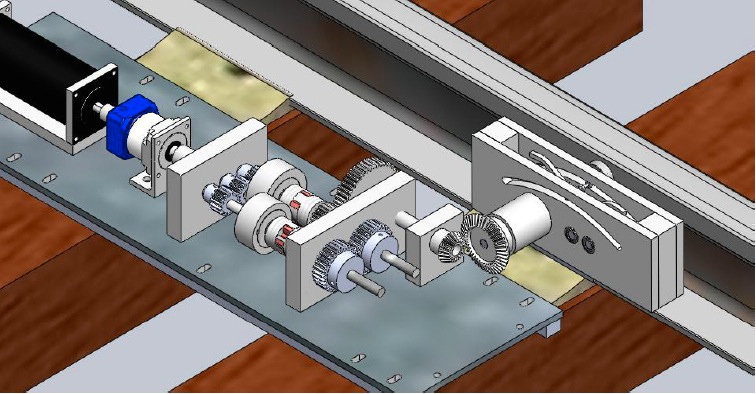Now London Tube Train’s Brakes Will Power Up Its Stations


The technology they’ve used is called ‘Inverter System’. What this Inverter System does is, it absorbs the energy released when the brakes are applied and transforms it into electricity, which is then fed up to the power grid. This electricity is then used to power-up underground stations, thus reducing the electricity costs.
The initial five-week trial was conducted at the Victoria Line, which is one of the busiest lines of London Tube, has an annual ridership of around 1.2 Billion passengers. Though the trail was meant for five weeks, but the electricity generated in the first week was enough to power Holborn Station for complete 2 days/week.
In the current scenario, this technology is capable of saving 5% on annual electricity bill for London Tube which equates to £6m, can be used for improving Tube services. In a press statement, Mathew Pencharz, Deputy Mayor of Environment and Energy, said:
Another paramount benefit this technology provides is, it shrinks down the need of cooling systems required to remove the heat generated when the brakes are applied, as the energy released is converted to electricity instead of heat, which increases the temperature of the Tube tunnel.
As per the initial trial, about 1 MWh of electricity can be harnessed per day which is capable enough to power 104 homes for almost a year.
Pencharz added:
Chris Tong, LU’s Head of Power and Cooling, also expressed his views in his press statement:
The local government has also contributed all the needed support for the technology to be fully implemented all over the Tube network. They are planning to upgrade the Greenwich Power Station situated in southeast London, to a low-carbon power generator for the Tube network. The existing boilers will be replaced with new gas engines, which will facilitate environment-friendly energy for the Tube network.
The initiative taken by London Tube for upgrading their network to become completely eco-friendly is truly commendable. Technologies like these can prove to be of great benefit in tackling future hazards, that may arise due to pollution based power sources we use today. Other Metro systems should also implement these kind of technologies, as it will reduce their operation costs which will eventually benefit the commuters and the environment.
Have something to add? Tell us in the comments below.







